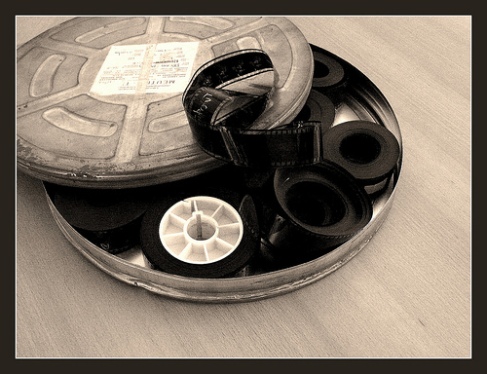Either freshman or sophomore year I took an American Culture class entitled “Sex on the Beach.” I bet your wondering how great that class was? Well, it was pretty awesome. This class and article has helped reinforced some of the techniques needed to analyze the directors true meaning of the film. Before I talk about Erbert points in the article, I want to point out that even knowing these techniques movies have not been ruined for me. Why? Well, as sociology major more of the content and stereotypes of the films grind my gears more. Also, I’m not a movie goer so when I finally decide to watch a movie, I AM GONG TO WATCH IT AND ENJOY. I’ll leave the analyzing for later.
Any who, erbert gives you a list of techniques that makes it quite simple to analyze a film. *Sidnote: By using the word film or production you always seem smarter when talking about things like this* Below I will list the ones I remember from class and that he mentions, then the ones that are new to my knowledge.
- Right vs left: Person to the right of the screen will typically seem more dominant
- Back vs front: Things and people closer to the foreground of the screen are more typically more important.
- Top is more dominant that the bottom
- Movement is more dominant than things still
- Camera position from the bottom elongates the character, making him seem more dominant and powerful. From the top, makes the character seem weak and inferior.
- Extreme high angle shots make characters into pawns; low angles make them into gods.
Erbert points
- The future seems to live on the right, the past on the left.
- Symmetrical compositions seem at rest
- “A POV above a character’s eyeline reduces him; below the eyeline, enhances him.”
- POV means point of view
- Diagonals in a composition seem to “move” in the direction of the sharpest angle they form, even though of course they may not move at all. Therefore, a composition could lead us into a background that becomes dominant over a foreground.
- Tilt shots of course put everything on a diagonal, implying the world is out of balance. I have the impression that more tilts are down to the right than to the left, perhaps suggesting the characters are sliding perilously into their futures. Left tilts to me suggest helplessness, sadness, resignation. Few tilts feel positive.
- A POV above a character’s eyeline reduces him; below the eyeline, enhances him.
- Brighter areas tend to be dominant over darker areas, but far from always: Within the context, you can seek the “dominant contrast,” which is the area we are drawn toward. Sometimes it will be darker, further back, lower, and so on. It can be as effective to go against intrinsic weightings as to follow them. (Ebert, 2008)
- Tilt shots of course put everything on a diagonal, implying the world is out of balance.



Add a comment